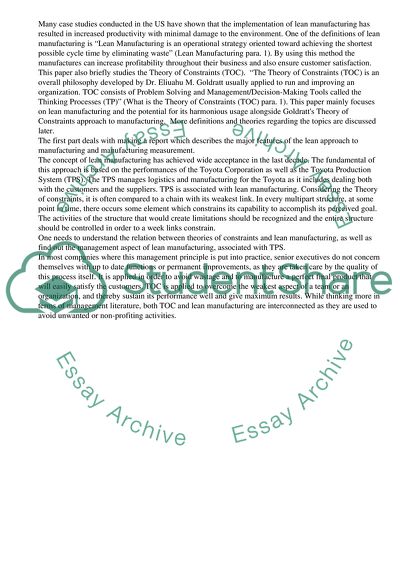Cite this document
(Advanced Manufacturing Approaches Term Paper Example | Topics and Well Written Essays - 4750 words, n.d.)
Advanced Manufacturing Approaches Term Paper Example | Topics and Well Written Essays - 4750 words. Retrieved from https://studentshare.org/management/1760172-advanced-manufacturing-approaches
Advanced Manufacturing Approaches Term Paper Example | Topics and Well Written Essays - 4750 words. Retrieved from https://studentshare.org/management/1760172-advanced-manufacturing-approaches
(Advanced Manufacturing Approaches Term Paper Example | Topics and Well Written Essays - 4750 Words)
Advanced Manufacturing Approaches Term Paper Example | Topics and Well Written Essays - 4750 Words. https://studentshare.org/management/1760172-advanced-manufacturing-approaches.
Advanced Manufacturing Approaches Term Paper Example | Topics and Well Written Essays - 4750 Words. https://studentshare.org/management/1760172-advanced-manufacturing-approaches.
“Advanced Manufacturing Approaches Term Paper Example | Topics and Well Written Essays - 4750 Words”, n.d. https://studentshare.org/management/1760172-advanced-manufacturing-approaches.


